Have you included hip hop music in your curriculum? This was my second year teaching a hip hop unit to my fourth and fifth graders, and I’m so glad I did. When I first started teaching, I only taught folk songs and classical music, under the impression that I needed to teach only “quality music.” Absolutely ridiculous, right? But when you know better, you do better. So I’ve spent a past few years trying to diversify the repertoire in my classroom.
This year, I decided to try a unit where my fourth and fifth graders created their own hip hop track, and rapped a children’s book over it as a performance for their class. The entire process took about four weeks. And considering that I see the students every two or three school days, I believe it was well worth it. Below, I’ll share the steps I took and lessons learned, so that you can implement this project in your own classroom.
Examples and Introduction
After we had spent a few classes learning about, listening to, and playing along with hip hop music, it was time to show students some examples of rapping children’s books. The three videos I liked best for introducing this concept are embedded below.
After watching these examples, I explained to the students that they were going to do something similar, but that they would make their own backing track. I shared my screen on the Smart Board as I walked them through the features of Soundtrap.com. Then I gave them time to explore and familiarize themselves with its tools. I used an education month-long free trial on the website, since students could bring their Chromebooks to class. However if you have a Mac, you might prefer GarageBand. Whatever sound mixing tool you use, make sure that they have time to play around and create sample tracks before beginning the actual project.
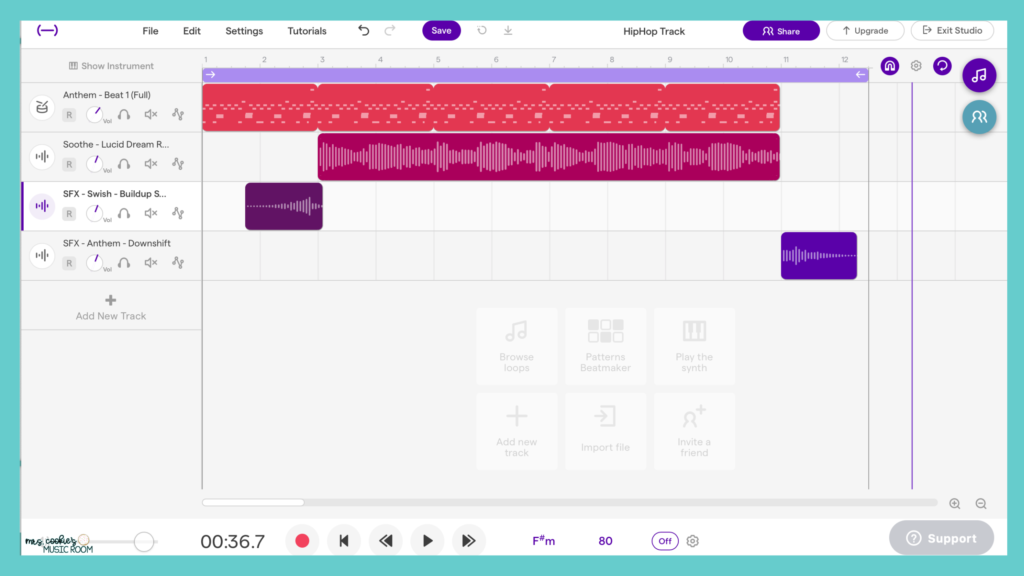
Choosing Books
I wanted students to be able to choose whatever book they liked, so I told them they could bring a book from home, or they could use one from my classroom library. Looking back, this is the first thing that I would do a bit differently. I told the students that it was in their best interest to pick a rhyming book written for young children, since they had a nice rhythm for rapping. But students who used my books weren’t able to bring the books home. Although many students wanted to work on or record their raps at home, those who borrowed my books had to only do work in class. Other students chose books that were too long, didn’t rhyme, or otherwise didn’t work well for this project, and had to switch to another book after a day or two.
Lessons Learned
Next year, I plan on curating a list of books from my library, photographing their pages, and adding them into a Google Drive folder. That way, students can still choose their own book, but from a smaller selection that sets them up for success. They can work on their project outside of school if they’d like, and I can project the pages on the Smart Board as each student performs their rap for the class.

Requirements and Tutorials
One thing that was very clearly posted for students was the project requirements, which I will post an image of below. Students were able to refer to this whenever they wanted, since I shared it in their Google Classroom. I also projected it on the board while they worked.
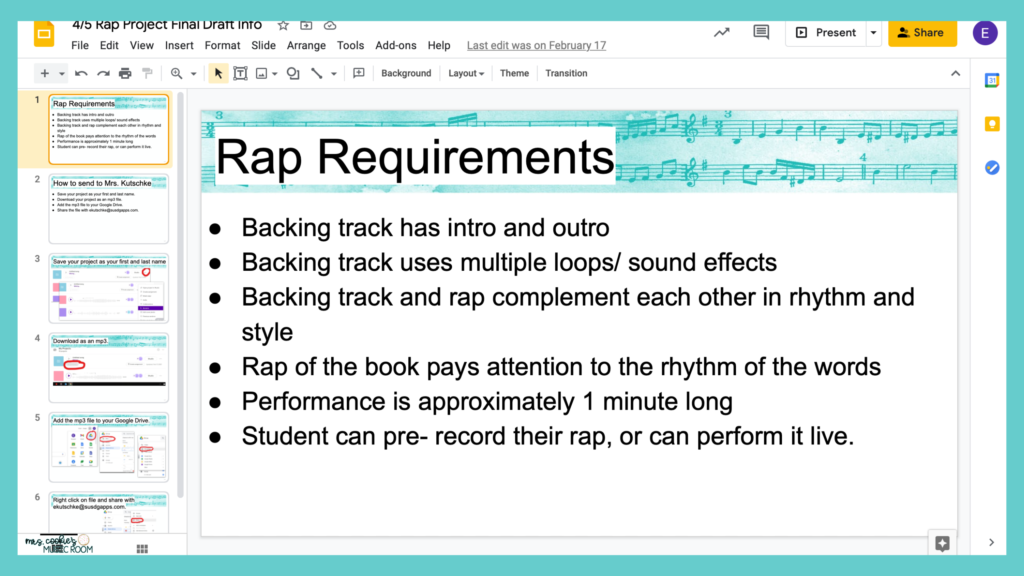
Lessons Learned
As I mentioned earlier, I projected my screen on the Smart Board to show classes how to use Soundtrap, record, and submit their finished projects. However, next year I would use Screencastify to make tutorials for these steps. Adding those tutorials to Google Classroom would be very helpful, especially to those students who were absent for a day or two, or who want to work on it at home.
Students had a choice between audio recording their rap with their track, or rapping over it live. Though many kids wanted to record, we didn’t have enough quiet places in the room for recording, and some students didn’t have headphones. In the future, I think I would say that anyone who wants to pre-record their rap needs to do this at home to avoid those issues. Recording was especially tricky for some of my kids, because they had trouble with the volume of their voice recording being too quiet for the track they created. If I were to create a tutorial video, students would have something to refer to so they had fewer frustrations.
Performances and Submissions
Whether kids decided to perform their rap live or to pre-record it, the whole class had the opportunity to hear it. If a student performed it live, they submitted their backing track to me before the performance. Then I was able to play the track at a good volume for their live performance. Students who chose to pre-record sent their full mp3 (track with rap) to me, and introduced their rap before I pressed play.
Although 99% of my students felt comfortable with one of these two options, I did have a couple of kids come to me about stage fright, As someone with an anxiety disorder, my heart went out to them. I did allow those students to simply submit to me without playing it for the class.
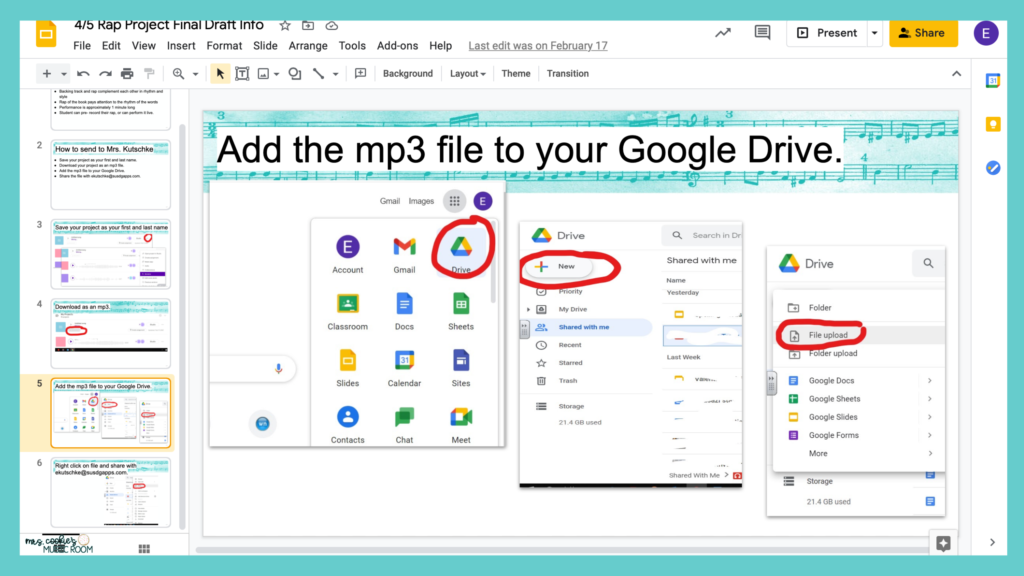
Peer Feedback
Before the performances, we discussed how to be good audience members and how to give meaningful feedback. I projected some sentence starters that they could use, and I’m so glad I did. Because of this front loading, students really gave each other positive and constructive compliments and critiques. After each performance we paused to give peer feedback. Honestly? This ended up being my favorite part of the whole project. Hearing students lift each other up, use terms we learned, and apply our hip hop knowledge to each other’s work was the best.
Final Thoughts
Overall, this project was one of my favorite things I’ve tried this year. Upper elementary students love project based learning and technology, so they were engaged throughout the process. Although there were some aspects I want to change, this project will definitely remain a part of my hip hop unit in the future. Have you done a project like this before? If you haven’t, what is holding you back? Leave a comment below so I can help you find a solution.
Happy teaching!

If you liked this blog post, you might also like
- How to Host a Virtual Talent Show
- Five Types of Activities to Include in Every Distance Learning Lesson
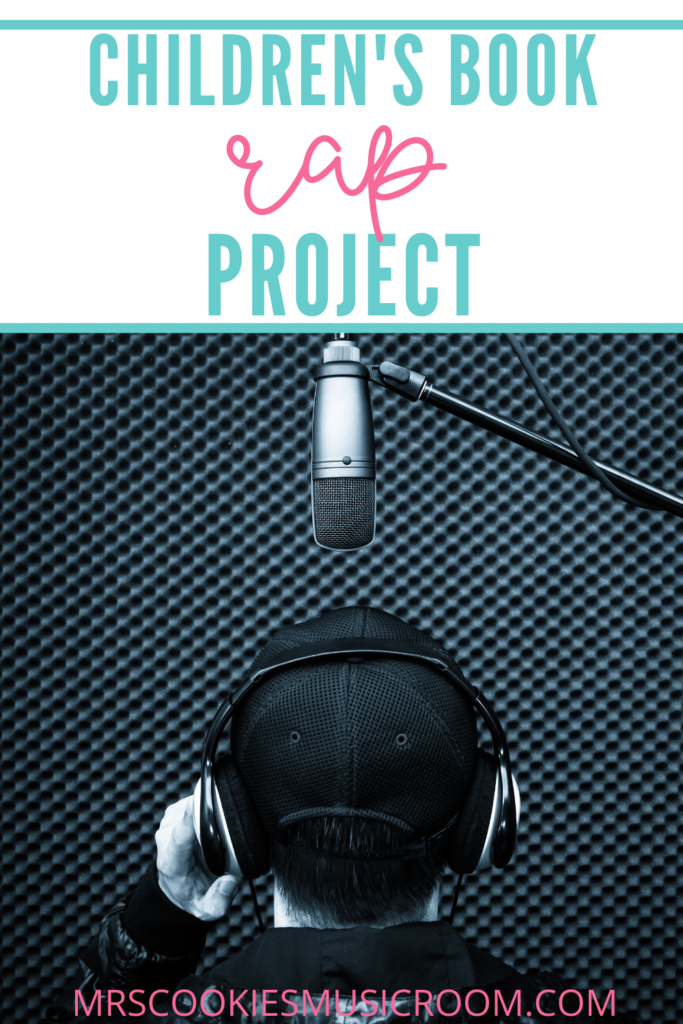
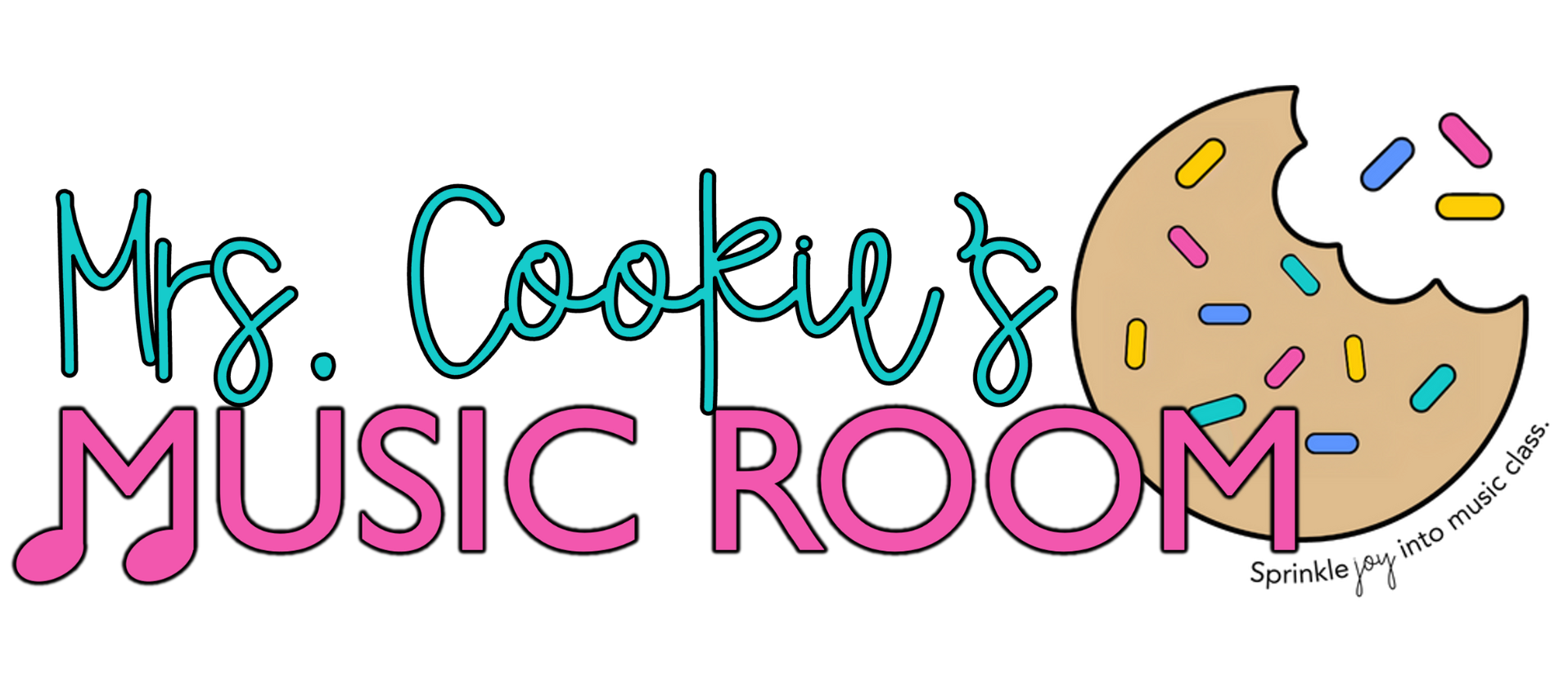
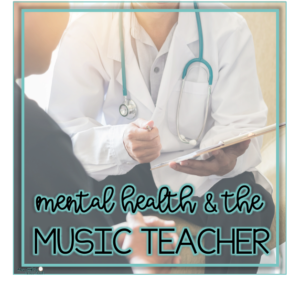
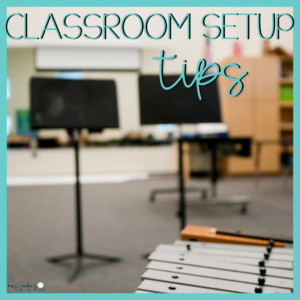

No Comments